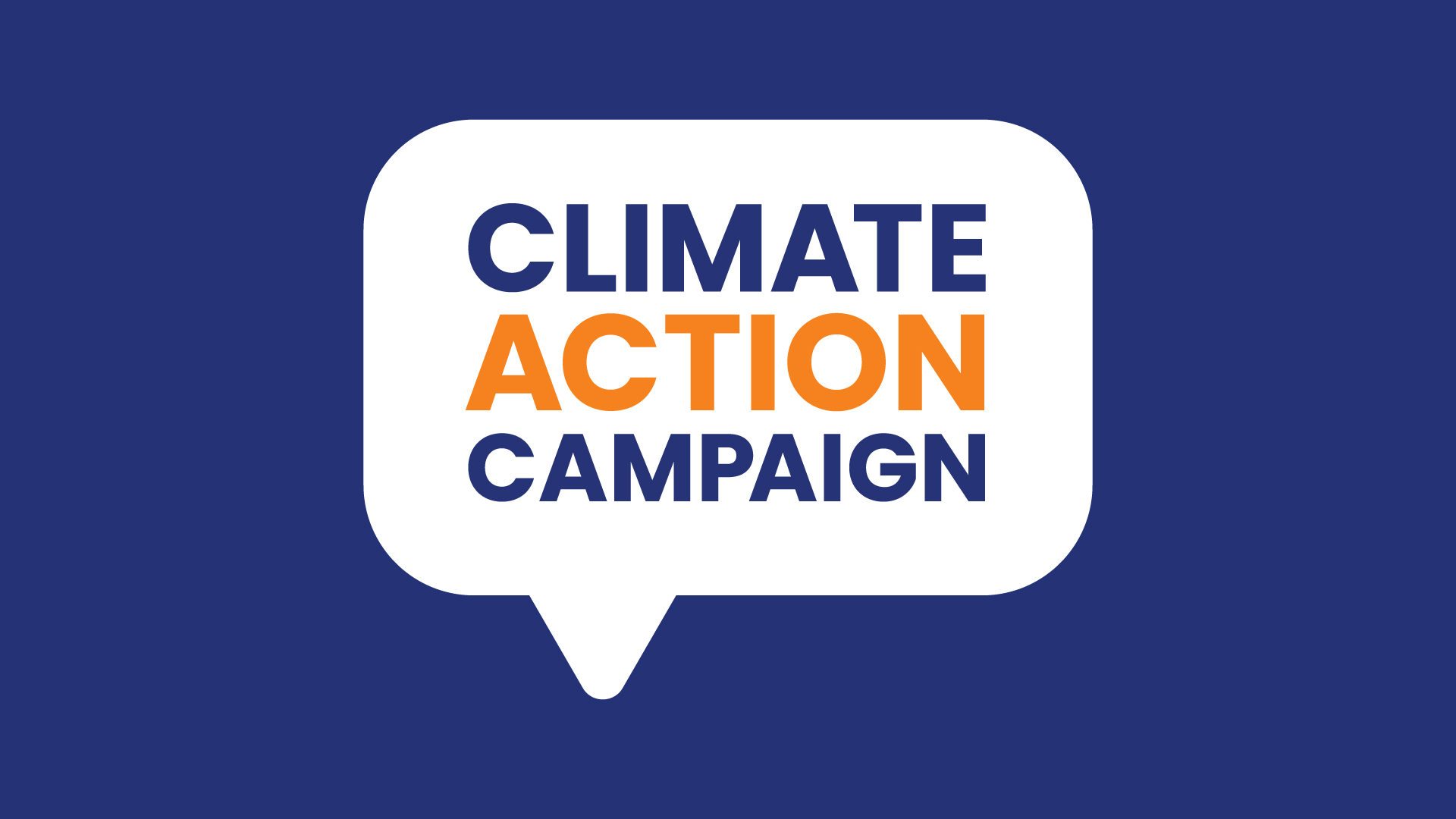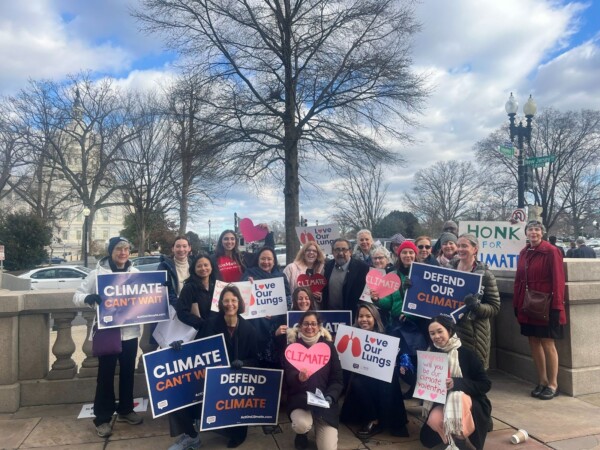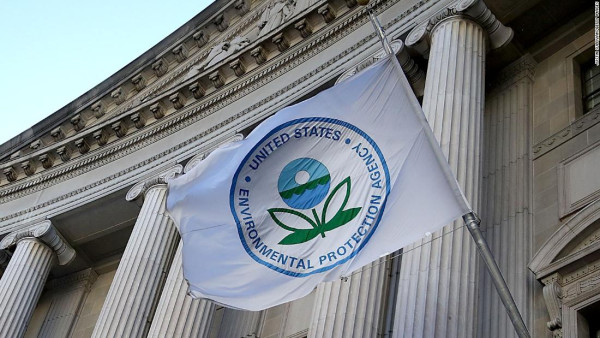Op-ed by Fourth-generation Georgia Farmer Will Harris

Published July 9, 2024. The full op-ed can be found here.
Inside my journey to revitalize my family farm
Will Harris, a fourth-generation cattleman, transformed an old farming model into a sustainable and lasting one. He writes about how expanding federal programs can help others like him.
I don’t farm the same way my father did; or the same way he did in his first 20 years on our family farm, White Oak Pastures, for that matter. With help from popular USDA conservation programs, recently expanded after the passage of the Inflation Reduction Act, other farmers can move on to more sustainable and profitable farming practices, too.
When I returned to our farm in Bluffton, Georgia, after graduating with an animal science degree in 1976, I was eager to follow in my father’s footsteps. Our farming model was straightforward: single species pastures of bermudagrass, routine and unsophisticated fertilizing of fields, and finishing calves on a corn and soy-based diet before sending them off to outside processing plants.
For years, I embraced this conventional approach, but by the early 1990s, I started to question its sustainability. I was uneasy about the heavy reliance on chemical fertilizers and pesticides, and I couldn’t shake the feeling that there had to be a better way. Inspired by the principles of biodiversity, I embarked on a journey to transform our farm into a more sustainable operation.
Transitioning to a pasture-based system was no easy feat, especially on the economic front. It required significant capital, access to processing facilities, and finding markets willing to pay premium prices. Despite financial challenges, I remained steadfast in my commitment to change.
Federally funded programs like the Environmental Quality Incentives Program (EQIP) and USDA Rural Development grants provided crucial support during this transition period. With their help, I was able to introduce diverse forage species to our pastures and invest in on-farm processing facilities. Slowly but surely, I found my niche in the market, selling more climate-friendly, sustainable meats directly to consumers and later expanding to supply wholesale meats to grocery chains
Today, White Oak Pastures stands as a testament to the power of sustainable agriculture. Our holistic approach, centered around rotational grazing and regenerative practices, has revitalized our land and limited our climate impact. With soil organic matter levels exceeding 5%, we’ve become a carbon sink, capturing more carbon dioxide than our livestock produce.
Beyond the gates of our farm, our impact extends deeply into our community as well. As the largest private employer in Clay County, we’ve provided vital economic stability in an area marked by poverty. Through job creation and community engagement, we’ve breathed new life into our hometown, fostering resilience and prosperity for future generations.
Reflecting on my journey, I’m reminded of the importance of holistic conservation funding that promotes both biodiversity and economic viability for farmers. My story serves as a testament to the transformative power of sustainable agriculture, offering a blueprint for farmers seeking to reconcile environmental stewardship with economic sustainability.
My shift from conventional farming to sustainable practices epitomizes the potential for positive change within the agricultural industry. With help from vital and popular USDA conservation programs as well as innovation, perseverance, and a deep-rooted commitment to the land, I’ve not only revitalized our family farm but hopefully sparked a movement towards a more sustainable future for agriculture and rural communities alike.
We need to protect and expand these federal programs that can make this same success story possible in rural communities throughout the nation.



